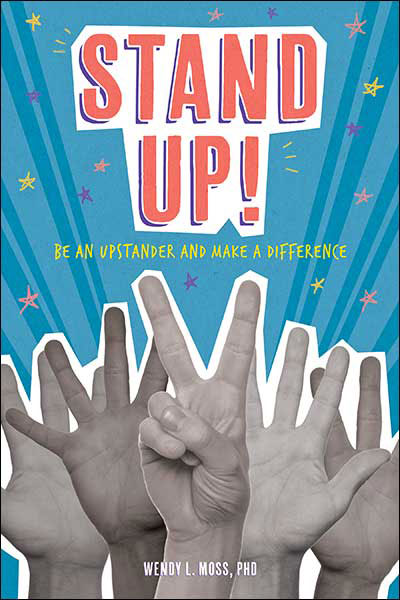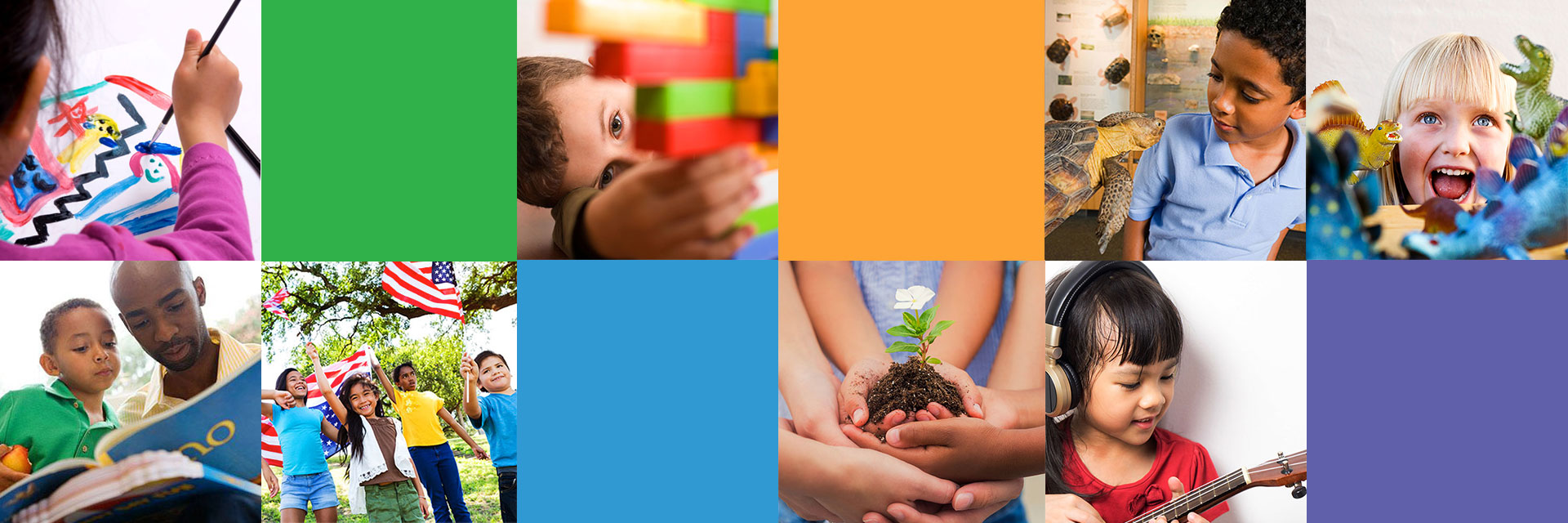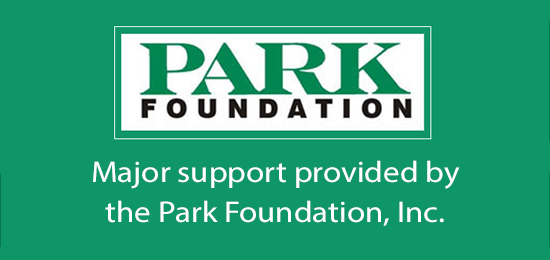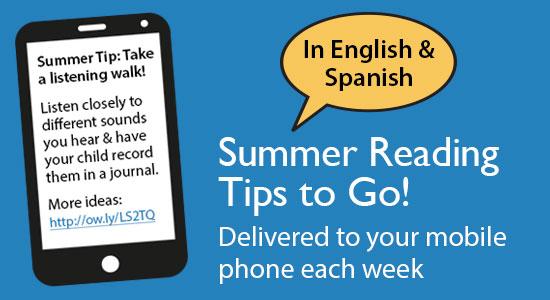Wendy L. Moss, PhD
Wendy L. Moss, PhD, ABPP, FAASP, has her doctorate in clinical psychology, is a licensed psychologist, and has a certification in school psychology. Dr. Moss has practiced in the field of psychology for more than 30 years and has worked in hospital, residential, private practice, clinic, and school settings. She is the author of Bounce Back: How to Be a Resilient Kid, Being Me: A Kid's Guide to Boosting Confidence and Self-Esteem, and Stand Up! Be an Upstander and Make a Difference.
July 24, 2020

When a situation arises where someone is being treated unfairly, excluded, ridiculed, or even bullied, what can a person who is watching do? What can a person do if he or she perceives an injustice at home, or in school, the community, or the world?
As a bystander (a person witnessing a situation), a person can become a negative bystander, a neutral bystander, or a positive bystander (also referred to as an Upstander). Parents try to teach their children to stand up for themselves, and others, in challenging situations.
Stand Up! Be an Upstander and Make a Difference (published by Magination Press) explores what it means to be an Upstander. Dr. Moss offers suggestions for how children can make positive changes in the world, while encouraging them to brainstorm ideas of their own. This adapted excerpt from Chapter 8 identifies some ways kids can be Upstanders.
At home
- Use relaxation skills and respectful communication tools during disagreements with siblings or adults.
- Use positive self-talk to remain confident before working to help others.
- Spend time with others, including older or younger siblings, showing them you value their company and ideas.
At school
- Try to include instead of exclude. Sometimes it would be helpful and even fun to include a student who seems to be alone or lonely.
- Talk with other students about what they think needs to be done to make your school more peaceful. Work with others toward this goal using skills learned in Stand Up!
- Use the power of a smile! Smile and even say hello to lots of different people who might be receptive to this attempt to engage and acknowledge them.
In your neighborhood (after getting parent permission)
- Offer to help out neighbors who find physical tasks challenging by walking their dog, shoveling snow, or taking out their garbage.
- Fight loneliness. Where appropriate, visit family friends or relatives who may be lonely, or organize a group to visit a local retirement home.
- Identify ways to help your neighborhood, like picking up litter, creating a safe space for kids to hang out, or helping out at the library, and work with others to solve a problem.
In the world (after getting parent permission)
- Find creative ways to support charities that work on areas important to you. For example, donate one of your birthday gifts, organize a lemonade stand and donate the money earned, or participate in a charity’s walk-a-thon and collect donations for each mile you walk.
- Help find a cure for a disease that has impacted someone you know. Research the disease and organizations searching for a cure. Raise awareness about the disease and collect donations to fund research.
- Work toward a big goal, like promoting world peace, by looking for organizations near home that share your goal. Be sure to check with an adult to make sure they feel comfortable with you communicating with the organization, local or otherwise, directly.
Being an Upstander means speaking out when you see injustice or bullying. It also means identifying important issues and working toward positive solutions to problems. Stand Up! helps children learn important communication, conflict resolution, and negotiation skills as well as how to set realistic, specific, and attainable goals to make a difference in the world.

Adapted from the book Stand Up! Be an Upstander and Make a Difference by Wendy L. Moss, Ph.D, published by Magination Press. Originally posted on the Magination Press Family blog.



